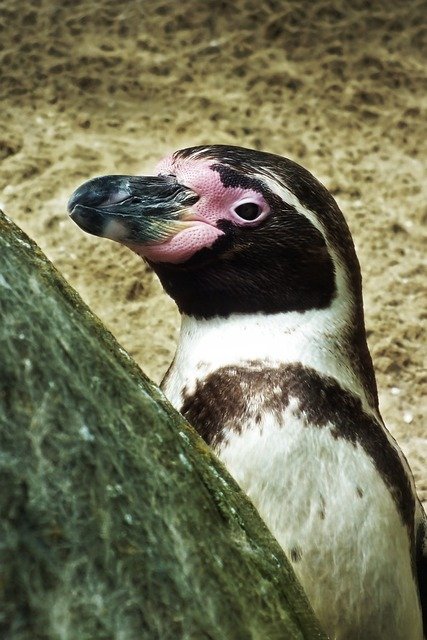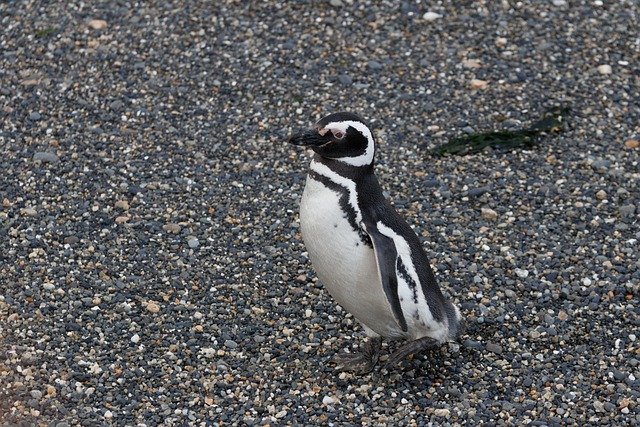Title: "The Social Lives of Penguins: Exploring Their Unique Communication and Social Structures" In this post

The Social Lives of Penguins: Exploring Their Unique Communication and Social Structures
Penguins are fascinating creatures, known for their distinctive appearance and charming waddles. But beyond their endearing looks, these flightless birds possess complex social lives that are worth exploring. In this post, we will delve into the unique communication methods and social structures of various penguin species, shedding light on their intricate behaviors and interactions.
Communication: The Language of Penguins
Vocalizations
Penguins are renowned for their vocal abilities. Each species has its own set of calls that serve different purposes, such as attracting mates, signaling danger, or coordinating group movements. For instance, the Emperor Penguin's mating call is a unique, deep sound that can be heard over long distances, allowing mates to find each other in crowded colonies.
Body Language
In addition to vocalizations, penguins utilize body language to communicate. Displays such as bowing, flipper waving, and head shaking convey messages about dominance, submission, or courtship. For example, during courtship, male penguins may engage in elaborate displays, puffing out their chests and raising their heads to impress potential mates.
Visual Signals
Coloration and physical posture also play a role in penguin communication. The contrast between the black and white plumage of penguins serves not only for camouflage in the water but also as a visual signal to other penguins. When in groups, these visual cues can help maintain social cohesion and organization.
Social Structures: The Colony Life
Breeding Colonies
Most penguin species are highly social and breed in large colonies, sometimes numbering in the thousands. These colonies provide safety in numbers, as they help protect against predators like seals and birds of prey. Within these colonies, penguins establish strong social bonds, often forming lifelong partnerships with their mates.
Hierarchical Structures
Penguin colonies often exhibit hierarchical structures, where dominant individuals may have preferential access to resources such as food and nesting sites. These hierarchies can be fluid, with individuals changing ranks based on factors like age, health, and breeding success.
Cooperative Behaviors
Many penguin species demonstrate cooperative behaviors, particularly during breeding and chick-rearing. For instance, in some species, parents take turns incubating eggs and feeding chicks, allowing them to share the responsibilities of parenthood. This cooperation enhances the survival rates of their offspring and strengthens social bonds within the colony.
Conclusion
The social lives of penguins are as intricate and fascinating as their environments. Through their unique communication methods and complex social structures, these remarkable birds navigate the challenges of life in some of the harshest climates on Earth. By studying their behaviors, we gain valuable insights into the importance of social interactions in the animal kingdom, reminding us that even in the coldest places, warmth can be found in community and connection.
Whether you are a seasoned ornithologist or simply an animal enthusiast, the captivating world of penguins offers endless opportunities for discovery. Next time you watch these charming birds, take a moment to appreciate the intricate social dynamics at play beneath their playful exterior!

Upvoted! Thank you for supporting witness @jswit.